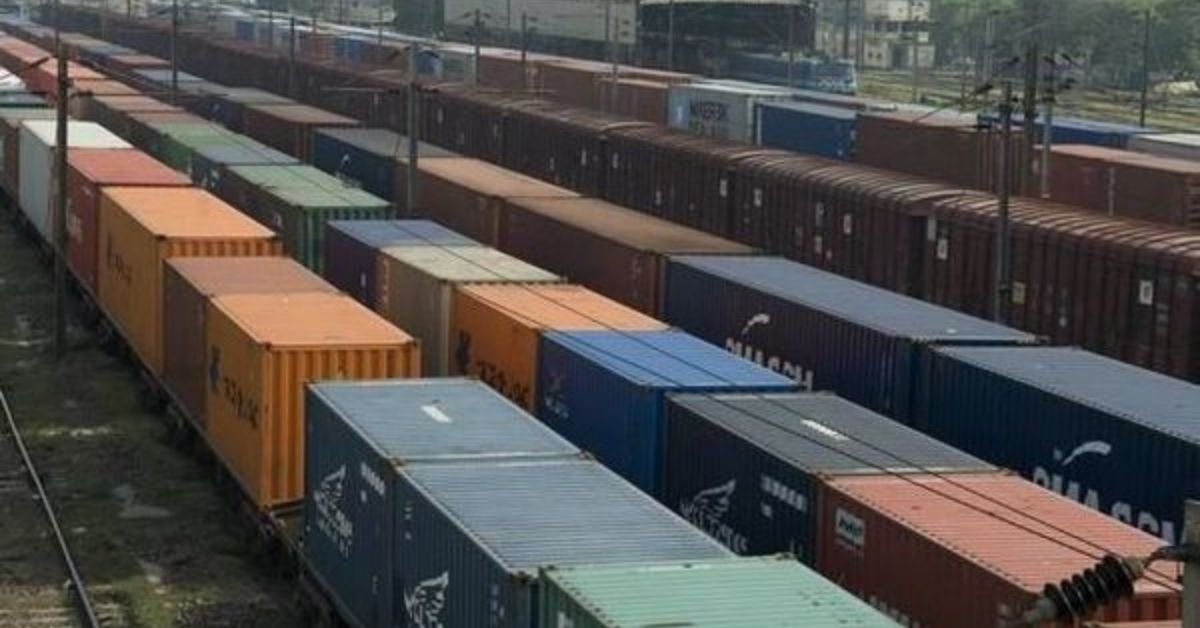The Government of India has set a target of 33% reduction in emissions intensity as part of its Nationally Determined Contributions (NDCs), with transport being one of the main sectors with significant mitigation potential. One of the most important transport emissions mitigation plans agreed to by the Government of India has been to raise Indian Railways’ share of freight traffic from 35-36% to 45% by 2030. The Railways plays a significant role in contributing to India’s NDC to address climate change through a variety of approaches, including:
To increase the railways’ share of total land-based freight movement and transportation from thirty-six per cent at present to nearly forty five per cent by 2030. Dedicated Freight Corridors (DFCs) are currently being developed across India by Indian Railways. The first phase of the project alone is expected to reduce emissions by 457 million tonnes of CO2 over a 30-year tie period.
Increase the proportion of renewable energy in the country’s energy mix. Railways to increase and enhance the energy efficiency for both diesel and electric propulsion, allowing the country to reduce GHG emissions.
The PAT scheme has been planned to be implemented in the railway sector. Use of 5% biofuel blend in traction diesel fuel. Increase water efficiency by 20% by 2030 and planting trees to boost carbon sink. Pollution control and waste management.
Adopting best practices for green buildings, industrial units, and other establishments for resource and infrastructure management in order to promote environmental sustainability in the growth of IR. Participation in the ‘Swachh Bharat Mission’ IR has established a goal of becoming a ‘Net Zero’ organisation by 2030 through the electrification of all railway tracks.







